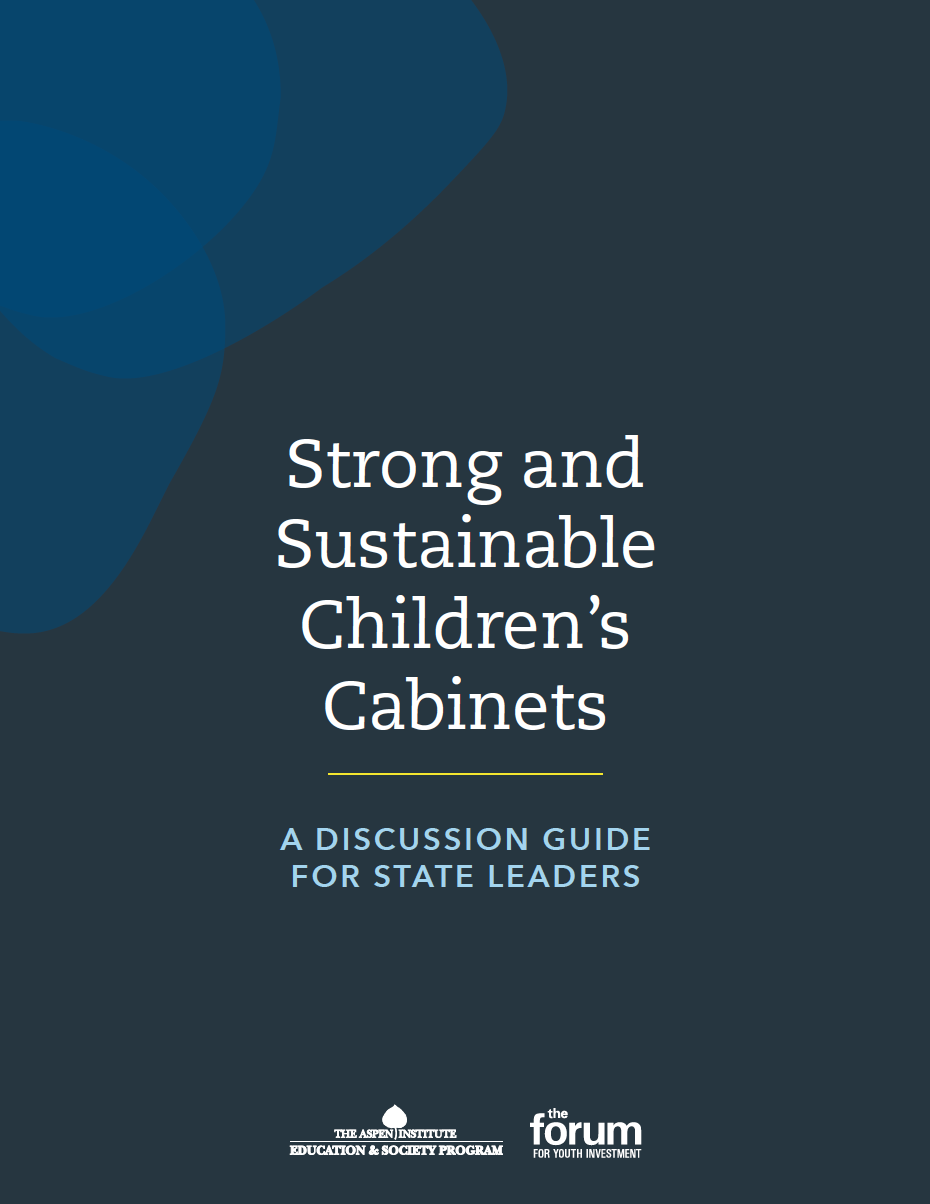Across the United States, state leaders have made admirable commitments to improving the lives of children, addressing a wide range of needs— from education and mentorship to healthcare and nutrition, to access to recreation and technology, and more. However, the increasing specialization of government services has led to silos and disconnected services that can be inefficient or ineffective.
Children’s cabinets are formal structures for convening public officials with shared responsibility for supporting children’s wellbeing; they can highlight inequities across different communities, creating awareness and accountability to solve problems that might otherwise go unaddressed. By improving coordination, collaboration, and coherence across agencies, children’s cabinets can deliver more effective services and supports to children and families.
This discussion document is intended to help state government leaders (governor’s office staff, state agency leaders, legislators, judges, etc.) identify the most appropriate actions for children’s cabinets for their context. It does not offer one-size-fits-all recommendations and is not the only tool state leaders should use to help guide their work.


